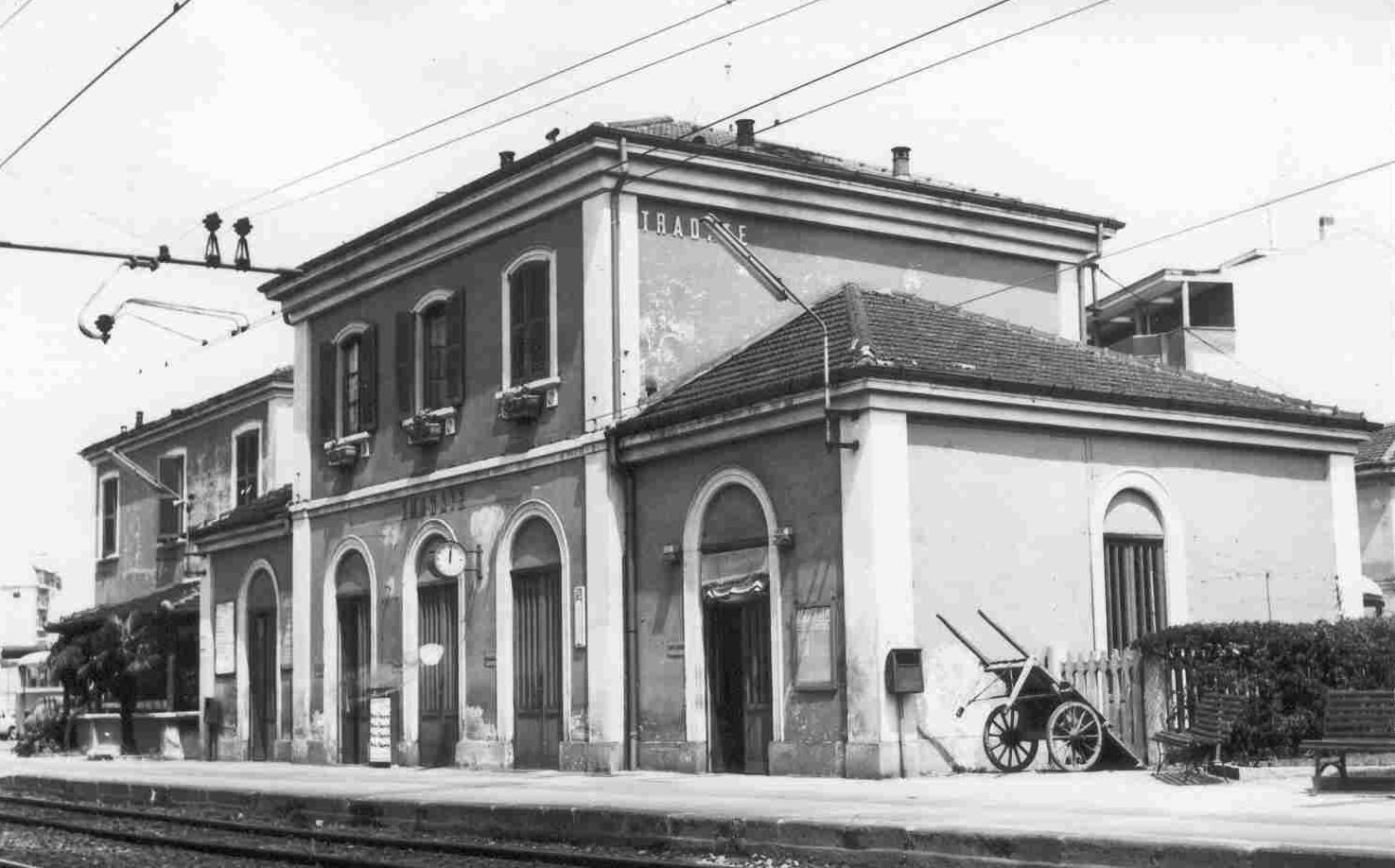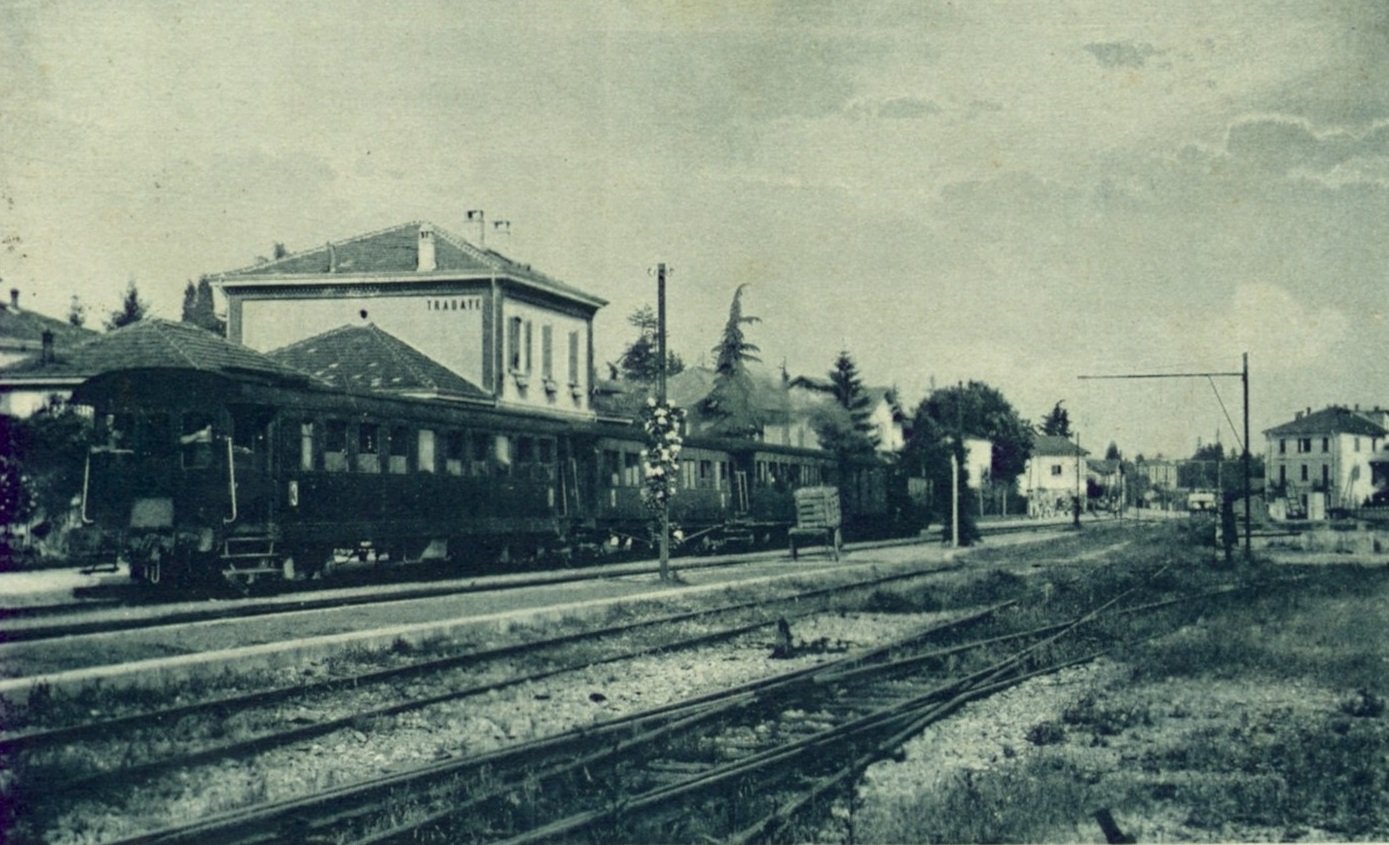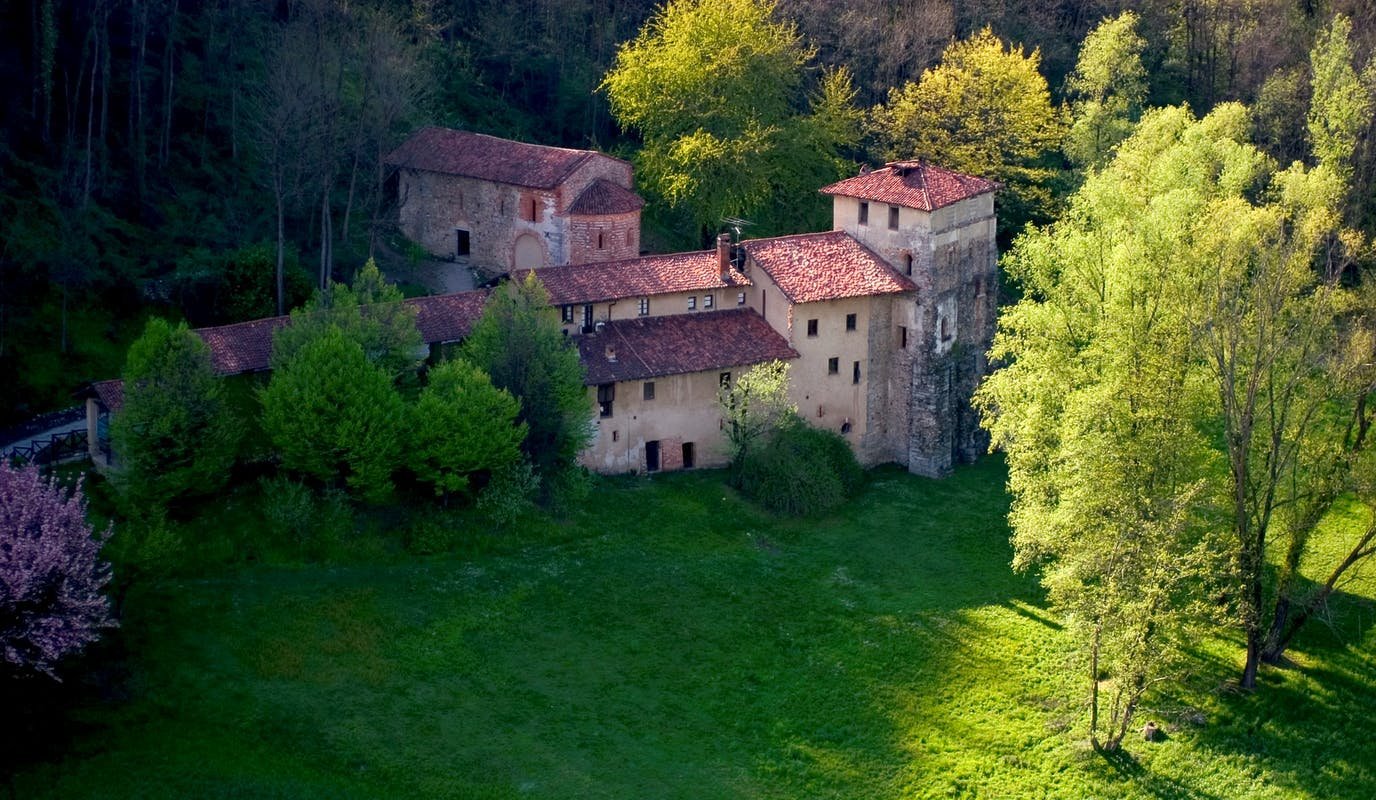Tradate


The Via Mediolanum-Bilitio passed through Tradate in Roman times. It connected Mediolanum (Milan) with Luganum (Lugano), via Varisium (Varese). In 1878, the village was connected to other towns in the area by the railway. And in 1899, Tradate was connected to the electric power supply, thanks to the plant at Vizzola Ticino. In the late 19th century, the village was linked to agriculture and the textile industry, with spinning and weaving businesses. The first major business in this sector began in 1879 at the Villa Castiglioni complex, founded by entrepreneurs Cesare Castiglioni and Alessandro Lonati. In 1885, Lonati continued the business alone, modernising production with 25 steam-powered looms located in a modern facility with self-generated electric power. Traditional paper manufacturing was also widespread, developing particularly from 1880 onwards with the founding of the Scatolificio Pusterla, still in existence today.
Gallery

Tradate station on a postcard from the early 20th century 
The station on a postcard from the late 1940s 
Monastery of Torba (Gornate Olona): a 16-minute bus ride brings the visitor to this splendid Lombard monumental complex, now part of an archaeological park which is a UNESCO World Heritage site and part of FAI since 1977. It is surrounded by nature and stands around an imposing tower with frescoed interiors. It offers the perfect occasion to explore the Valmorea railway route, whose “Torba-Gornate Olona” station stood on Via Stazione, right in front of the monastery.